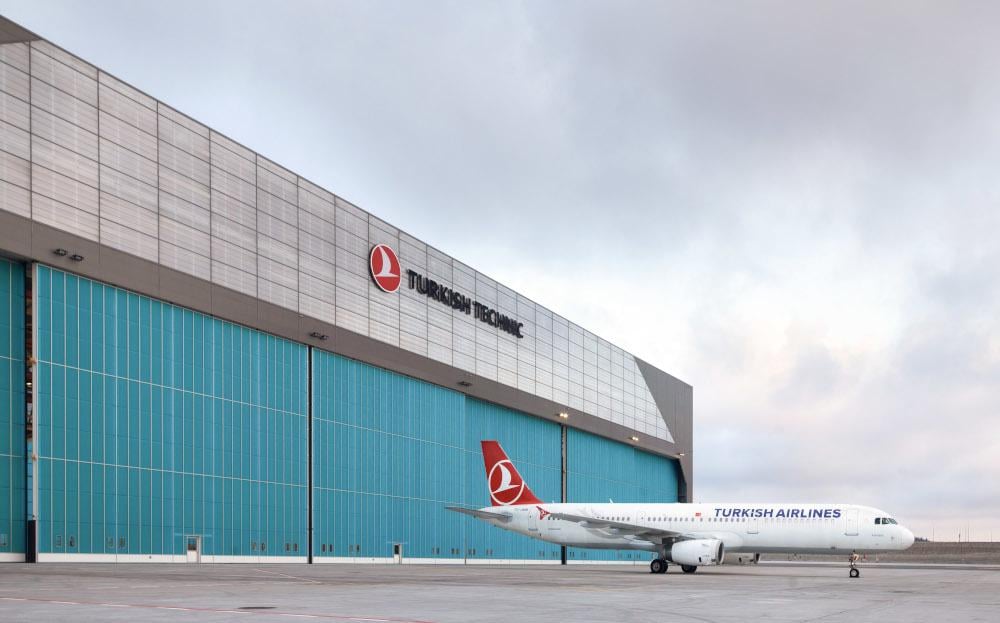
Carriers in Europe are looking to adjust their engine maintenance planning to better maximize assets while looking at reducing long-term costs as the market inches towards recovery, a panel at Aero-Engines Europe heard.
The session, held in Stavanger in early December, heard representatives from Turkish Airlines and Norwegian Air Shuttle share how their post-pandemic MRO plans will play out while also highlighting some of the upcoming challenges facing airlines.
Turkish Airlines, which has a fleet of more than 300 aircraft, had sought to reduce engine maintenance costs in the wake of the crisis. “For the engines covered by time and material contracts, we stopped shop visits,” says Ahmet Ismail Gulle, engineering manager, Turkish Airlines. “We tried to get the advantage of having certain aircraft on the ground and utilizing them.” Gulle adds that it didn’t lease any green-time engines from the market during the period.
Its other engines under power-by-the-hour (PBH) agreements meant further cooperation with engine OEMs. “We took advantage of clearing some critical issues on next-generation engines by removing them and sending them for quick shop visits,” he adds.
As it stands, around 5% of its fleet remains grounded but Gulle says it hopes to have these remaining aircraft flying by summer 2022. Gulle sees some risk next year related to providing parts on time with the availability of manpower also an obstacle following an industry-wide reduction because of COVID-19. “The turnaround time and slot availability of engines also won’t be easy next year,” he says.
Paul Salwik, director, IT and technical procurement, Norwegian Air Shuttle, says the pandemic presented the opportunity to build a “new Norwegian” by changing its strategy from a low-cost, long haul and short-haul operator to a short-haul operator focusing on its core markets of Scandinavia and Europe. “There has been a restructure on the financial side and there’s also been a lot of work on the organizational side over the past 20 months,” he says.
With some cross-border restrictions lifted, Norwegian experienced improved fortunes in summer 2021 and ramped up to 51 aircraft. Salwik says this will eventually go up to 70 aircraft next year. This means the airline is planning how to use its airframe and engine assets, with some base maintenance work being undertaken at Lufthansa Technik Budapest. “We’re applying active asset management and that means always looking for the right partners to find the right cost level in each and every contract,” Salwik says.
Through concepts such as digitalization, Salwik foresees airlines integrating their MRO partners more into the asset management strategies. “That means utilizing digital solutions and making the MRO part of that,” he says, adding that by strengthening ties, mutual risk is reduced and will ultimately build stronger partnerships.
Turkish Airlines, whose Turkish Technic MRO affiliate partners with Pratt & Whitney for its Turkish Engine Center joint venture in Istanbul, says further cooperation between airlines, manufacturers and MROs is needed for engine maintenance to be in line with the expectations of shop visit slots and the cost of those. “We need to make money as an airline so industry can make money so support is needed more than ever to get back to 2019 levels,” Gulle says.





